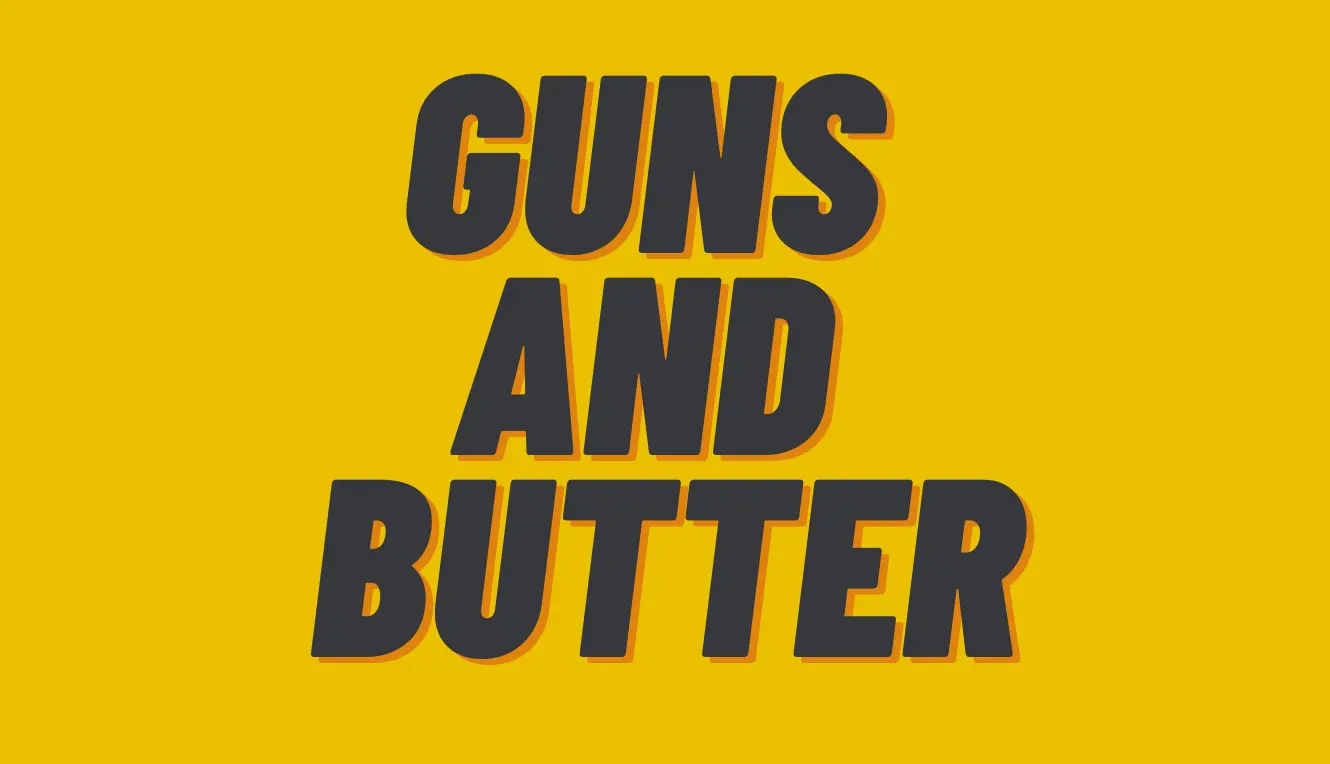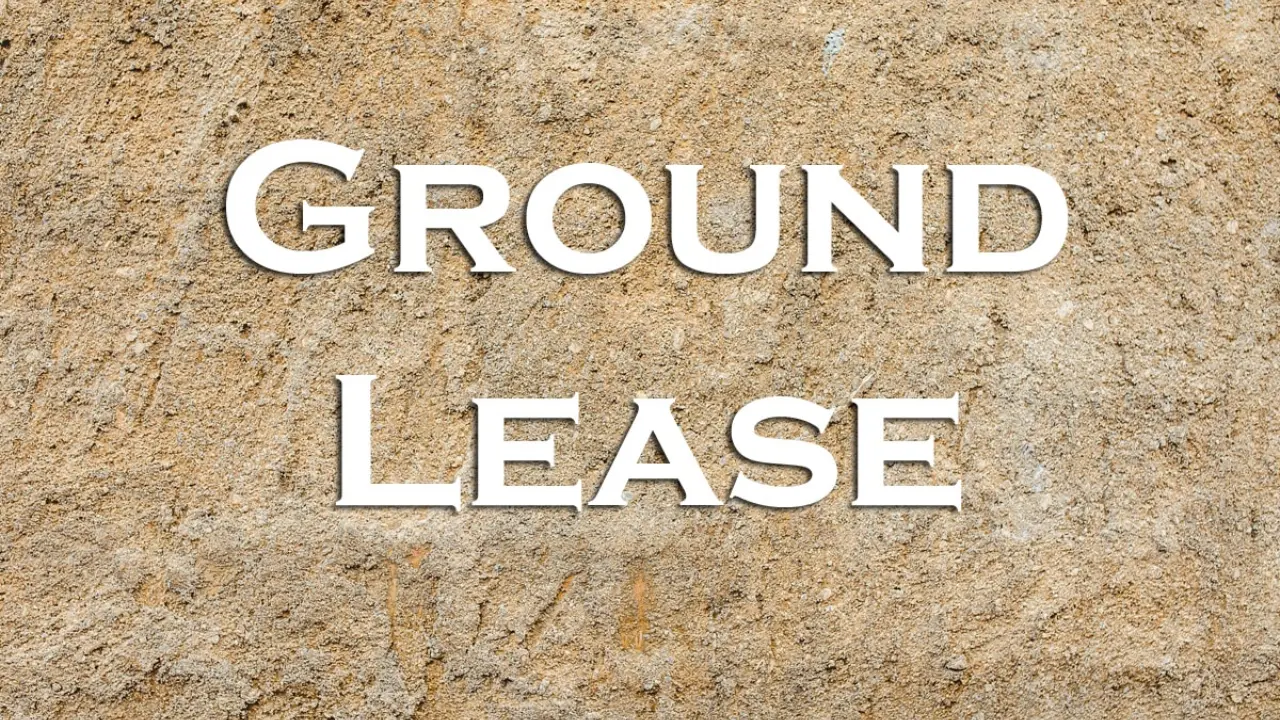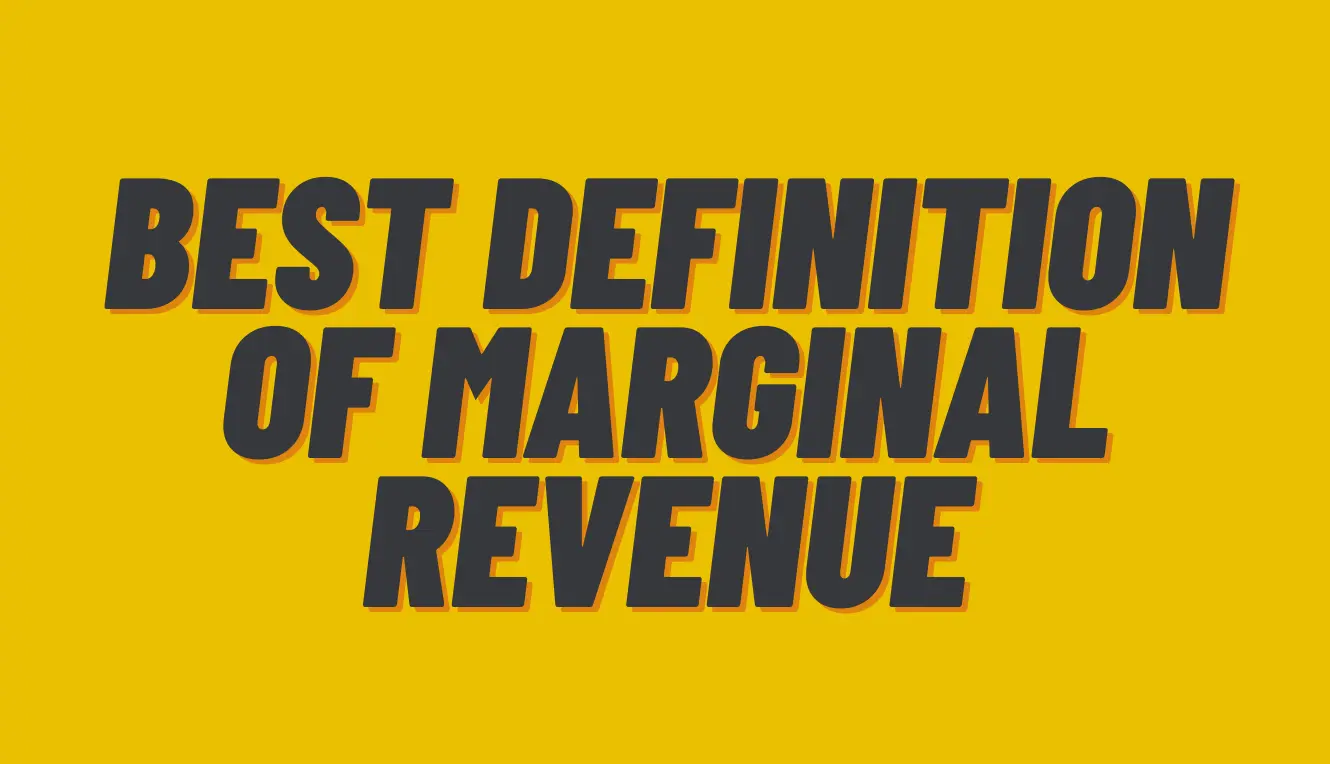The term means choosing defense or social spending in a budget. The term means a nation must pick guns (military) or butter (civilian) or both to spend its limited resources.
The Production Possibility Frontier
A production possibility frontier (PPF) shows the most output of two goods a fixed amount of resources can make. We can use a PPF to illustrate the concept of guns and butter. A PPF for guns and butter would look like a downward-sloping curve, as shown below.
The PPF shows the opportunity cost of producing one good in terms of the other. For example, point A represents a combination of output that is not using all available resources, as it is inside the PPF. Point B represents a combination of output that is using all available resources efficiently, as it is on the PPF. Point C represents a combination of output that is impossible to achieve, as it is outside the PPF.
Producing more guns requires producing less butter, and vice versa. This is the trade-off between guns and butter. We can see this trade-off by moving along the PPF from point B to point D. The marginal rate of transformation (MRT) is how much of one good you can get by giving up some of another good. You can do this by changing how you use your resources. The MRT is shown by the steepness of the PPF. The MRT depends on the relative productivity of resources in each sector and may not be constant along the PPF.
Factors Affecting the Trade-off
The trade-off between guns and butter depends on several factors, such as:
- The global security environment: In war or conflict, a nation may favour defence over social security and deterrence.
- The political preferences of the government and the voters: Different governments and voters may have different views on how much to spend on defence and social programs, depending on their ideology, values, and interests. For example, some may want a big army and act overseas, while others may like to stay out of wars. Similarly, some may support more spending on education, health care, or infrastructure, while others may advocate for lower taxes or less government intervention.
- The economic situation of the nation: A nation’s economic performance may also affect its budget decisions. For example, a nation may face a recession or a crisis. To help the economy and its people, it may spend more on defence and social programs. However, this may also result in higher deficits and debts, which may limit its future spending options. In a boom or surplus, a nation may cut both spending to save or pay debts.
- The availability and efficiency of resources: A nation’s production possibilities depend on the quantity and quality of its resources, such as labor, capital, land, and technology. However, if a nation has scarce or inefficient resources, it may face a more binding trade-off between guns and butter. Also, a nation can boost its production by spending on things that make it more productive and grow faster.
Conclusion
Guns and butter is a useful concept to understand the trade-off between defense and social spending in a government’s budget. It shows that a nation has to make choices about how to allocate its finite resources among competing priorities. The optimal balance of guns and butter varies with changing factors.





